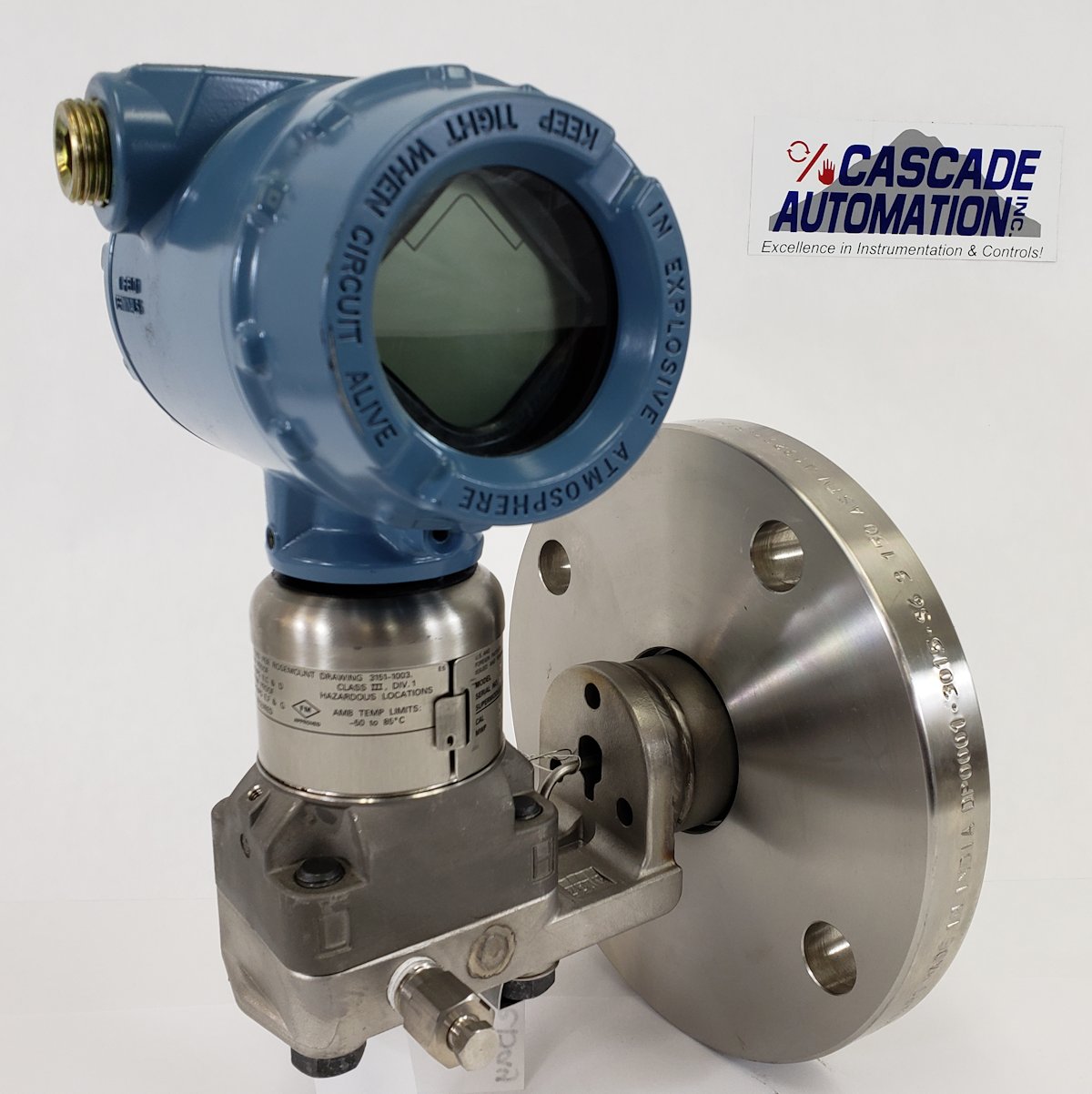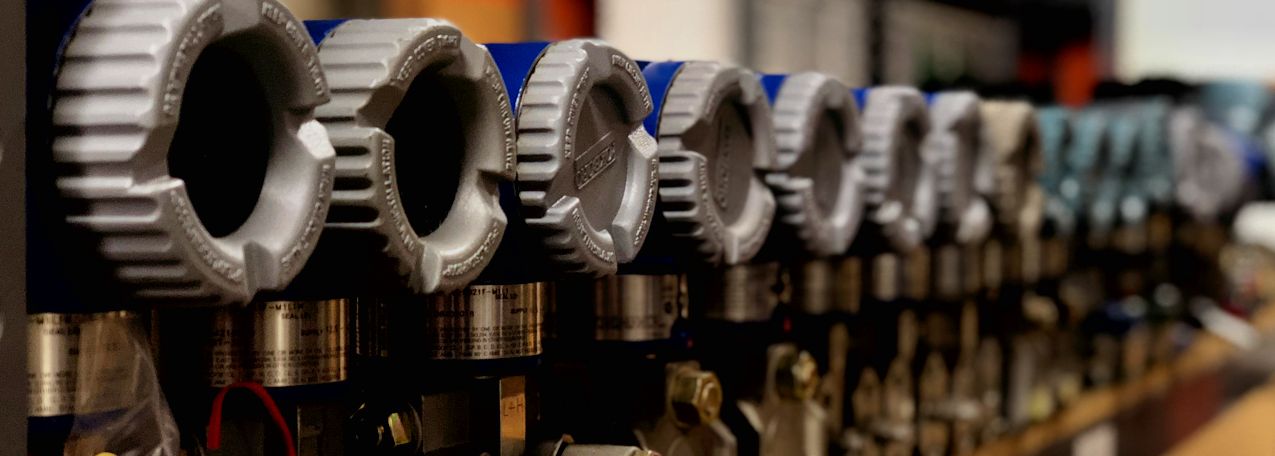For over a century, Foxboro has stood as a beacon of innovation. Setting the industry…

What are Level Transmitters and how do they work?
Level transmitters are instruments that provide continuous level measurement. They measure levels of media, such as water, viscous fluids, and fuels. In every process industry, a level transmitter is vital to prevent overflow. Different types of level transmitters are used based on the process media condition.
Working Principle of Level Transmitters
The working principle of level transmitters varies according to their underlying principle. But, all level transmitters measure the level in one of three ways:
-
The weight of the fluid
-
The pressure head of the fluid
-
The position of the fluid in a container
Level transmitters are classified as direct, indirect, contact, or non-contact. Direct-level measurements are ideal for small-level changes observed in various industrial tanks. Yet, most level transmitters are designed for indirect level measurements.
Types of Level Transmitters:
There are seven types of Level Transmitters. Every kind of transmitter is useful for different processes.
-
Liquid Level Transmitters
Liquid Level Transmitters detect levels of liquids. Liquid level transmitters also detect interfaces between liquids such as oil and water. You will find liquid-level transmitters in storage, transport, and water storage tanks. These transmitters measure the level by measuring the head pressure of the liquid.
-
Ultrasonic Level Transmitter
Ultrasonic transducers mounted at or near the top of a container use an ultrasonic pulse. The pulse hits the surface of the liquid and reflects. The sensor then calculates the fill level based on the time between the transmitted and received signal.
-
Capacitance Level Transmitters
The principle of capacitive level measurement is based on a change in capacitance. An insulated electrode acts as one capacitor plate, and the tank wall acts as the other plate. The capacitance depends on the fluid level. An empty tank has a lower capacitance, while a filled tank has a higher capacitance.
By measuring the variations in capacitance, the transmitters calculate the fill level of the tank.
-
Hydrostatic Level Transmitters
A hydrostatic level sensor measures the hydrostatic pressure in a liquid at a pre-determined depth. Hydrostatic level sensors measure fluid levels by the pressure of the resting body of the fluid within the vessel. The greater the force of liquid, the greater the volume of fluid.
-
Magnetic Level Transmitters
These transmitters use a magnetic object suspended in a buoyant float. This transmitter is suitable for continuous measurement due to the rise and sink of the float based on the liquid level. Utilizing a combination of proven buoyancy principles with the benefits of magnetism, magnetic-level transmitters can fit almost any process.
-
Radar Fill Level Transmitters
These transmitters work on the principle of radar based on electromagnetic waves at a range of 10GHz under microwave X-band bandwidth. Mounted at the top of a tank filled with a liquid, the transmitter sends a radar signal into the liquid and receives a reflection of the signal. The transmitter then analyzes the current fill level of the tank based on the time the transmitted signal takes to return.
-
Guided Microwave Level Transmitters
These transmitters send a microwave pulse through a sensor cable or rod. The signal hits the surface of the liquid and travels back to the sensor. The electronics integrated into the transmitter housing determine the fill level based on the time taken by the signal to travel down the sensor and back.
As you can see, there are quite a few Level Transmitter options available. To be sure you are choosing the best transmitter for the job at hand, give us a call or contact us!
Founded in 1986 as an instrumentation and controls service provider, Cascade Automation has continued to add products and services to complement our commitment to the industrial process control industry. From remanufactured pieces to surplus goods to brand-new instruments and valves, we pride ourselves on the quality and care we put into every product we sell. Also, our independent supply chain ensures shorter wait times and more in-stock items. If you have an instrument or valve needing replacing, call Cascade Automation experts.





